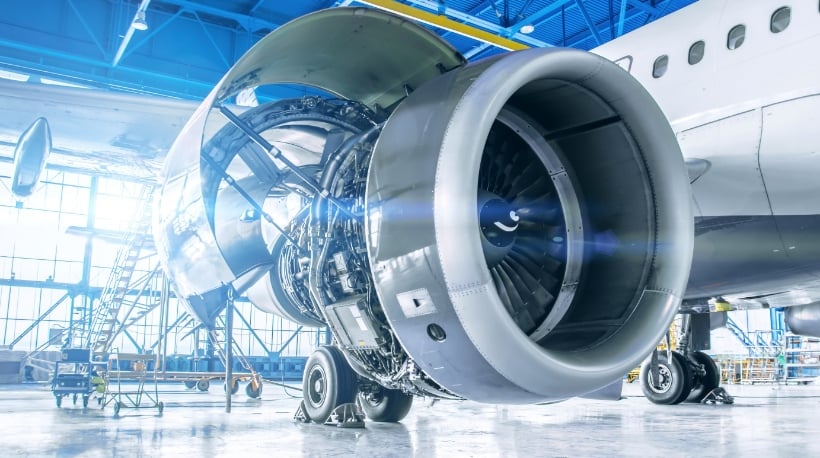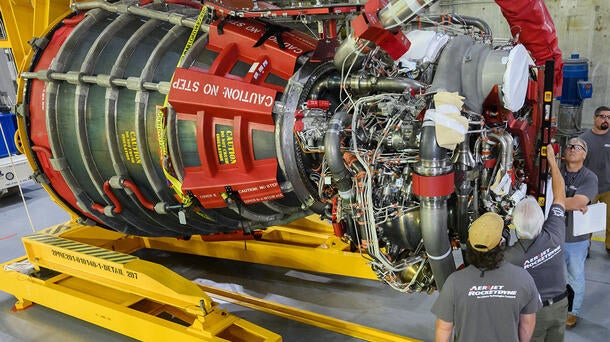Discover Top-Quality Engines for Africa at Our Reputable Automobile Components Shop
Discover Top-Quality Engines for Africa at Our Reputable Automobile Components Shop
Blog Article
The Mission for Ultimate Driving Power: Exploring the Peak of Engine Performance and Technological Developments in the Automotive Market
In the world of vehicle engineering, the quest of maximum driving power has actually been an unrelenting mission that has actually unravelled through the advancement of engine style and the assimilation of sophisticated modern technologies. From the thorough workmanship of combustion engines to the rapid advancements in electric propulsion systems, the automotive field stands at the cusp of a new age identified by unprecedented performance capacities.
Evolution of Engine Style

Furthermore, the integration of turbocharging and turbo charging modern technologies has actually changed engine design by improving power without considerably raising engine size. These forced induction systems compress the intake air, enabling for more fuel to be combusted, therefore generating greater power output from a smaller engine. This advancement has been specifically essential in enhancing the efficiency of smaller sized displacement engines while maintaining gas performance criteria.

Performance-Enhancing Fuel Technologies
The application of innovative fuel technologies has actually dramatically added to boosting engine efficiency in modern automobiles. From traditional gas and diesel to innovative biofuels, synthetic fuels, and hydrogen, the automobile sector is witnessing a revolution in fuel alternatives. Biofuels, originated from eco-friendly resources like corn, sugarcane, or algae, offer lowered emissions and boosted engine effectiveness. Synthetic gas, generated via chemical processes, supply high octane scores, boosting power output. Hydrogen fuel cells, although still in the beginning of adoption, show great guarantee as a result of their zero-emission nature and potential for high performance. Furthermore, fuel ingredients and cleaning agents are being created to tidy engine parts, maximize combustion, and minimize friction, thus enhancing total car performance. With continuous research study and development, the mission for the best driving power continues, as engineers strive to unlock the complete potential of performance-enhancing gas technologies in the vehicle industry.
Improvements in Electric Propulsion
Considerable strides in electric propulsion technology have actually reinvented the automobile market, leading the way for a new age of sustainable and reliable transport. Electric vehicles (EVs) are acquiring appeal because of their environmental advantages and advancements in battery technology, making it possible for longer driving ranges and much shorter charging times. Makers are investing heavily in study and development to boost the efficiency of electric propulsion systems, concentrating on increasing power result, enhancing power effectiveness, and minimizing general weight.
One significant breakthrough in electrical propulsion is the growth of innovative electrical motors that supply greater torque and power thickness, leading to enhanced velocity and overall driving performance. In addition, regenerative stopping systems have been fine-tuned to store and catch energy during slowdown, further improving the performance of EVs.
In addition, the integration of wise modern technologies, such as artificial knowledge and anticipating analytics, is enhancing the management of electric propulsion systems, guaranteeing optimum performance under various driving conditions. These developments in electric propulsion are reshaping the automobile landscape, driving the industry in the direction of an extra sustainable and electrified future.
Influence of Computational Fluid Dynamics
With developments in electric propulsion pushing the limits of automotive technology, the integration of Computational Fluid Dynamics is playing a pivotal role in optimizing aerodynamic performance and improving total efficiency in automobile layout. Computational Fluid Characteristics (CFD) entails using computer system simulations to analyze the flow of air around an automobile, allowing designers to predict just how look what i found layout adjustments will impact aerodynamics without the requirement for expensive physical prototypes. By precisely modeling air flow patterns, CFD enables the refinement of lorry forms to reduce drag, enhance cooling, and boost stability.
CFD allows engineers to enhance air movement around components such as radiators, engine bays, and wheel wells, contributing to boosted efficiency and overall driving experience. In verdict, the integration of Computational Liquid Characteristics represents a significant action onward in the quest for best driving power this and effectiveness in the auto sector.
Future Trends in Engine Development
In the vibrant landscape of auto engineering, innovative innovations are forming the future trajectory of engine advancement. The future of engine design is marked by a strong emphasis on sustainability, performance, and efficiency. Makers are increasingly concentrating on developing engines that not only deliver high power outputs but additionally focus on environmental duty by improving and decreasing emissions fuel efficiency.
One famous fad in engine innovation is the rise of electrification. Crossbreed and electrical powertrains are obtaining grip as feasible alternatives to conventional combustion engines. These modern technologies use the capacity for significant reductions in carbon discharges and boosted energy effectiveness, aligning with worldwide efforts to deal with climate modification.
Moreover, developments in products science and manufacturing strategies are allowing the production of lighter and extra durable engine components. This shift in the direction of light-weight products such as carbon fiber and aluminum alloys adds to improved efficiency and gas economic climate.
Verdict
Finally, the pursuit of best driving power in the vehicle field remains to drive advancements in engine style, gas innovations, electrical propulsion, and computational fluid dynamics. The advancement of these technologies is forming the future of engine technology, paving the means for extra efficient and powerful vehicles (engines for africa). As the industry remains to push the borders of what is possible, we can anticipate to see a lot more revolutionary growths in the mission for peak performance
One of the essential turning points in engine layout advancement is the change from typical carbureted engines to contemporary fuel-injected systems. By specifically metering the fuel shipment to each cylinder, fuel-injected engines optimize burning, resulting in far better efficiency and find out here now decreased environmental influence.
In addition, the integration of turbocharging and turbo charging technologies has reinvented engine design by boosting power without substantially boosting engine size (engines for africa).The execution of innovative gas innovations has substantially added to improving engine efficiency in contemporary lorries. Furthermore, fuel ingredients and detergents are being created to tidy engine parts, maximize burning, and minimize friction, therefore boosting total car performance
Report this page